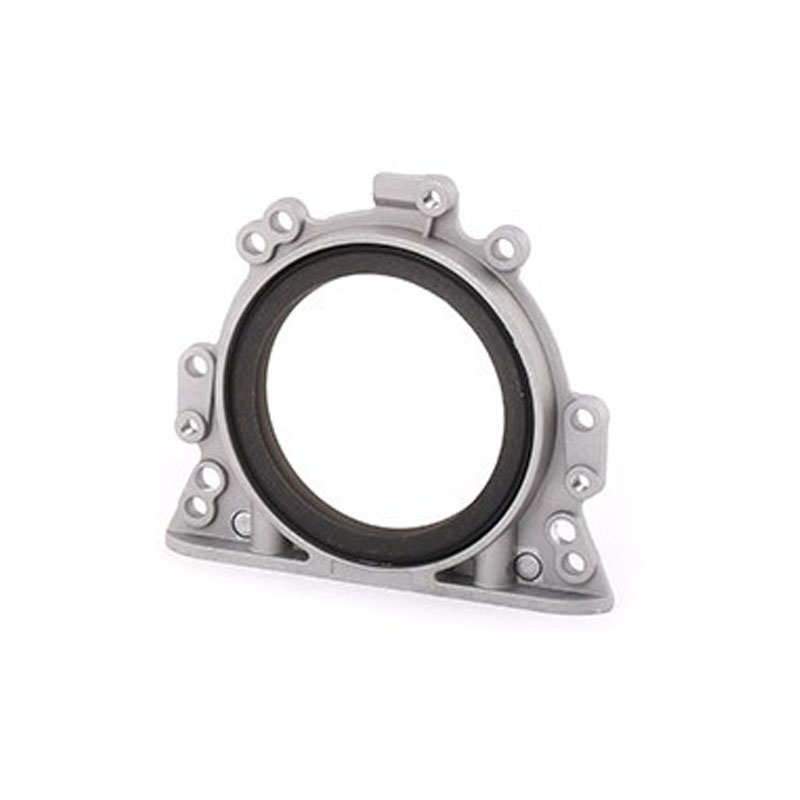Rear Differential Axle Seal Maintenance and Replacement Guide for Better Performance
Understanding Rear Differential Axle Seals Their Importance and Maintenance
When it comes to automotive maintenance, many vehicle owners may overlook the critical components that play essential roles in the overall functionality and longevity of their vehicles. One such component is the rear differential axle seal. While it may seem like a minor part, the rear differential axle seal is crucial in ensuring that your vehicle operates smoothly and efficiently. In this article, we will explore what rear differential axle seals are, their function, signs of failure, and the importance of regular maintenance.
What is a Rear Differential Axle Seal?
The rear differential axle seal is a rubber or silicone gasket that is located on the axle housing of a vehicle's rear differential. Its primary function is to prevent the lubricant from leaking out of the differential and to keep dirt and debris from entering the housing. The rear differential contains gears that allow power from the engine to be distributed to the wheels, which is vital for a vehicle's performance, especially in rear-wheel and four-wheel-drive systems.
Function of the Rear Differential Axle Seal
The rear differential operates in a high-stress environment where heat and pressure can build up. The axle seal maintains the integrity of the lubricant within the differential. This lubricant not only lubricates the gears but also acts as a coolant, absorbing heat generated from friction. If the seal fails, oil can leak out, leading to inadequate lubrication, overheating, and even potential damage to the internal components of the differential.
Signs of a Failed Rear Differential Axle Seal
rear diff axle seal

Recognizing the signs of a failing rear differential axle seal is vital for any vehicle owner's safety and vehicle preservation. Common indicators of a failed seal include
1. Fluid Leaks If you notice fluid pooling beneath your vehicle, especially a viscous, oily substance, it’s likely that the differential is leaking. 2. Unusual Noises Grinding, whining, or clunking noises from the rear of the vehicle can indicate a lack of lubrication in the differential due to a compromised seal.
3. Increased Heat An overheating differential can be a sign of low fluid levels, often caused by a failing axle seal.
4. Poor Handling A vehicle that pulls or drifts to one side may indicate issues related to the differential and axle seals.
Importance of Regular Maintenance
Maintaining the rear differential axle seal helps prevent more significant issues down the line. Regular inspections of the differential, including checking for leaks or fluid levels, are crucial. When servicing your vehicle, mechanics typically inspect the seals and replace them if any signs of wear are detected. It's advisable to replace axle seals along with differential fluid changes, which are typically recommended every 30,000 to 60,000 miles, depending on the vehicle and driving conditions.
In conclusion, the rear differential axle seal plays a vital role in the health and performance of a vehicle’s drivetrain. By understanding its function and being aware of the signs of failure, vehicle owners can take proactive steps to maintain this critical component. Regular inspections and timely maintenance can save you from costly repairs and ensure a safe driving experience. Remember, when it comes to vehicle maintenance, it’s the unsung heroes like the rear differential axle seal that often go unnoticed but are essential for a smooth ride.
-
Understanding Automotive Oil Seals: Essential Components for Engine and Shaft Protection
News Jul.30,2025
-
The Importance of Heavy Duty Seals in Industrial and Residential Applications
News Jul.30,2025
-
Exploring Industrial Oil Seals: From Felt Oil Seals to TTO and CFW Solutions
News Jul.30,2025
-
Essential Guide to Oil Seals: From Radial to Metal-Cased Seals for Industrial Reliability
News Jul.30,2025
-
Choosing the Right Oil Seals and Gaskets for Industrial and Automotive Applications
News Jul.30,2025
-
Cassette Seals: Durable Sealing Solutions for Harsh Environments
News Jul.30,2025
-
Understanding the Front Main Engine Seal: Purpose, Maintenance, and Installation
News Jul.29,2025
Products categories















